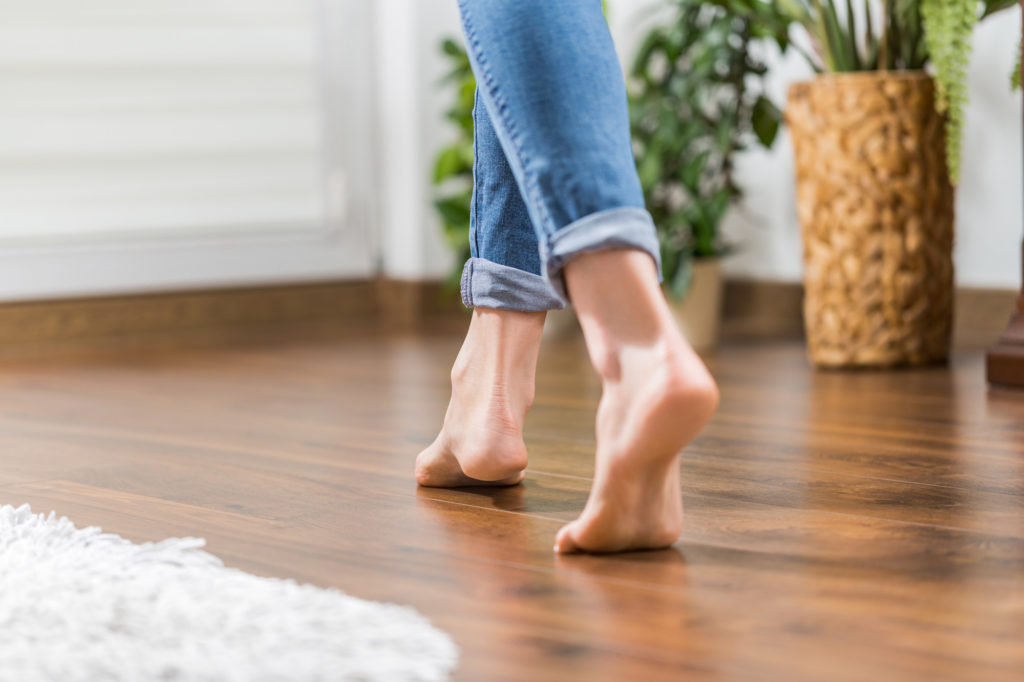Disclosure: This post may contain affiliate links, meaning we get a commission if you decide to make a purchase through our links, at no cost to you. Please read our disclosure for more info.
New flooring is one of the bigger renovations that can improve the property value of your home. However, when you’re dealing with uneven flooring, the solution isn’t always simple.
If you’re wondering how to fix uneven floors in an old house, you’ve come to the right place.
We’re here to go over some potential solutions for tackling uneven floors and discuss the importance of working with a professional.
Read on to learn more about leveling uneven floors.
In This Post:
Step 1: Identify the Source of Your Uneven Flooring
Before you can tackle the issue head-on, you need to identify the source of your uneven floors. Issues can range from mild water damage to severe foundational damage. How you go about leveling your floor will depend entirely on what is causing the problem in the first place.
As you’ll see, we always recommend working with a variety of professionals when tackling things like uneven flooring. This is because trying to do it yourself to save costs can lead to safety issues and structural issues that are more costly in the long run. Even when identifying the source of your uneven flooring, having the opinion of a flooring professional is ideal.
Step 2: Determine If Replacing Flooring Will Do the Trick
If you’re lucky, leveling your floor will be as simple as replacing the flooring, itself. This typically occurs when the root issue is mild water damage that has caused certain floorboards to dip or buckle.
Of course, you will need to start by addressing the source of the water damage. If it is caused by a leak in the roof, you may want to consult a roofing contractor. If it is caused by leaking pipes, you will want to consult a plumber.
Once the issue is fixed, you can go on to replace any sections of flooring that are damaged. When you remove the flooring (whether it’s wood or tile), make sure that you inspect the subflooring, too. If the subflooring is also damaged, you will want a professional to replace it before you lay down your new flooring.
Step 3: Consult a Professional About Potential Foundation Issues
Foundation issues are a homeowner’s biggest fear, but the faster you tackle them, the less damage you will face.
In some cases, foundation issues stem from soil erosion. A professional may be able to solve this issue without working on the foundation, itself. In some cases, diverting water away from the foundation is enough to stop the damage.
However, if the issue is more structural, a professional may have to try more intensive methods like foundation piering.
Learning How to Fix Uneven Floors in an Old House Is an Important Part of Maintaining Property Value
If you’re living in an old house and notice that the floors are no longer level, don’t hesitate. Learning how to fix uneven floors in an old house can help maintain or increase property value and preserve your home for decades to come.
Maintenance issues around your home can really keep you up at night. Take a look at some of our luxury sleeping solutions and make sure that you get a good night’s sleep no matter what’s on your mind.




